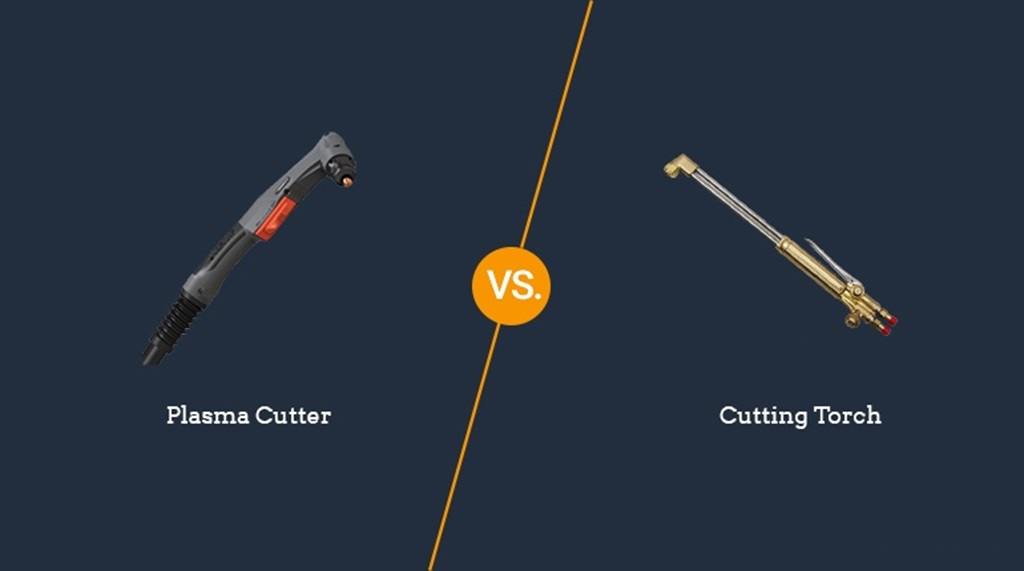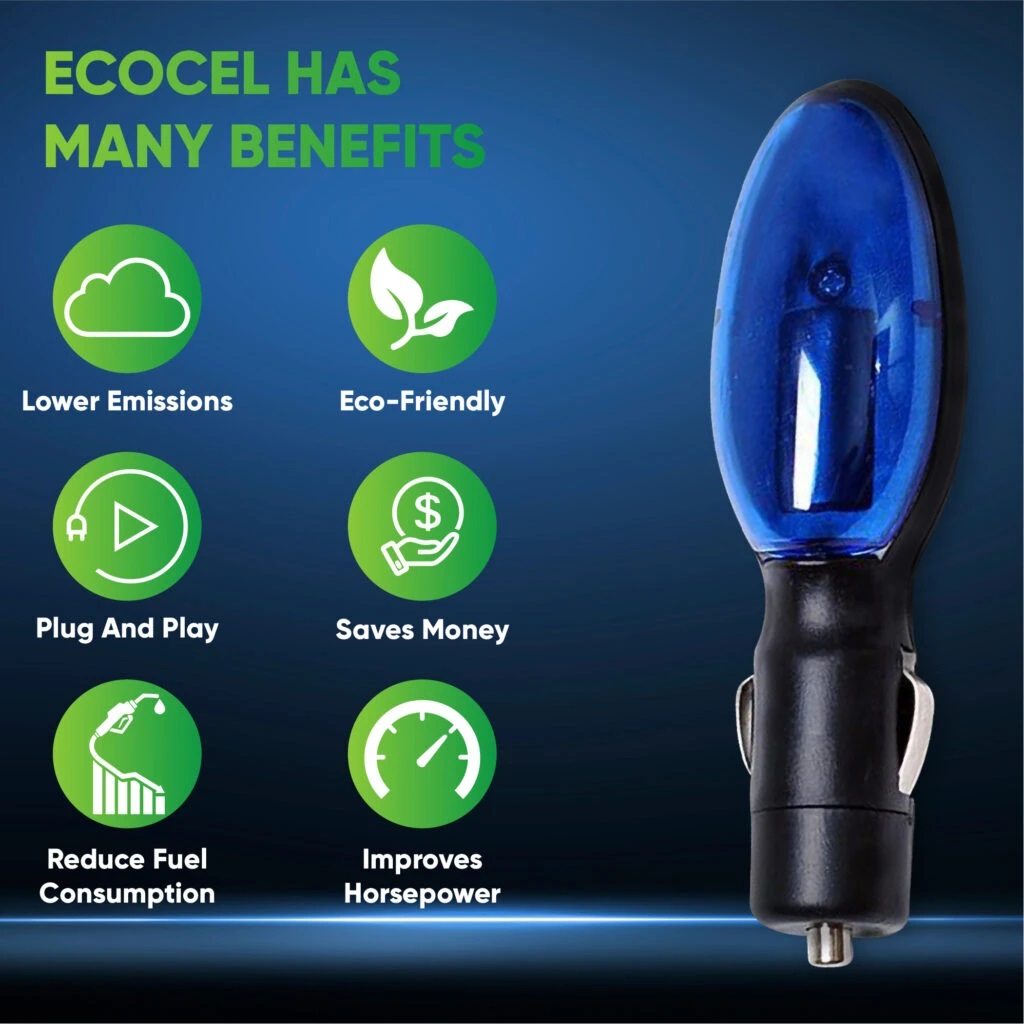Blogging fundamentals are the basic yet necessary skills required to address the various aspects of running a successful blog. Whether you’re just starting a blog or you’ve been blogging for quite a time, brushing up on the basics can help you feel less overwhelmed and see the bright purview. Here are some fundamentals you need to know from reels of joy.

- Plan your blog post
This is an important part of writing a great blog post. You’d be surprised how much it helps you define excellent content as you research and plan how you want your blog to flow. Don’t let writer’s block stop you.
When you plan your blog post, consider who you’re targeting, start researching the topic and find internal/external content that is relevant to what you’re writing about. Form a guideline of what you want your post to communicate, so that you won’t get sidetracked as you write it. Also, writing down a broad plan is useful to make sure you don’t leave anything out. Here’s an example plan used for this article:
Introduction (why a great blog post is important)
Plan the blog post (who you’re targeting, researching the topic, find relevant internal/external content and the content plan)
Come up with an enticing and clear title
Why?
Write the blog post (flesh out the plan to make sure the content flows from section to section)
Use images to illustrate the text
Use bullet points or lists to break up the text
Use headings to describe what is coming up
Link to relevant content
Re-read the blog post (go all the way back to the top to read what you’ve written and rewrite anything that doesn’t make sense)
Conclusion
Wrap up the blog post reminding the user what they read
Add a call-to-action to give the reader the “next step”
If you’re working with a team of writers, or if you have an editor that gives you content direction, run this plan past them so that they can improve it or suggest some ideas to enhance the content.
- Create an enticing title
Often the title is what makes users read it or not. In fact, a recent study shows that 59% of people will share an article without reading it – that shows just how pivotal a title is.
When you come up with a title, make sure that it actually describes what people will find in the blog post. There’s nothing worse than “You’d never guess what happens next” or “Number 13 was my favourite” – please avoid titles like this.
An enticing title generally comes from the content of the post and what the objective of it is. You want people to catch what your motivation is for writing the blog post and how it will help them, or highlight a problem they are experiencing.
- Work on the main section of your article
Start writing the content! This is where the objectives, research and planning come together to create a valuable resource for your visitors. Whilst every article may have a slightly different layout (for example short- and long-form blog articles won’t look the same), there are a couple of things to keep in mind:
Use images to illustrate the text
Use a striking featured image at the top of your post to effectively communicate to visitors what a post will be about. You can take this further by including images within your content. This is also a great way to break up long paragraphs of text, which means that people stop to take notice of each section. So if you’re writing a blog for foodies, show images of the food process you are talking about.
Use bullet points or lists
If your content has a lot of bite-size pieces of content then creating a list or bullet points is a great way to display them to your readers. It makes them easy to read and scan through whilst they look for that single bite of information that captures their attention (or is relevant to them).
Use headings to describe what is coming up
Using headings is a constructive way to let users know what to expect in the next section of text. This is especially helpful in long-form blog posts where some of the information might already be known, or might not be relevant to the reader.
Link to other relevant content
Linking to other relevant content in your blog post is a handy way to show that you did your research. It’s also a fun way to promote content on your blog that is relevant to what you’re writing about. If the quality of the content is great, and relevant to your reader, then linking to other sites will help your organic ranking efforts. This is because search is becoming all about relevancy to the end-user, just like the relevance of the games at real money casino USA.
- Scroll up and re-read your blog post
So your blog post is complete and you think it’s all done. However, by re-reading your post you realise there are a couple of typos and grammar mistakes that your copyeditor will hate you for. You might even find sentences that make absolutely no sense at all. That’s because sometimes your hands can’t type as fast as your brain thinks. To make sure it’s a great blog post, re-read!




